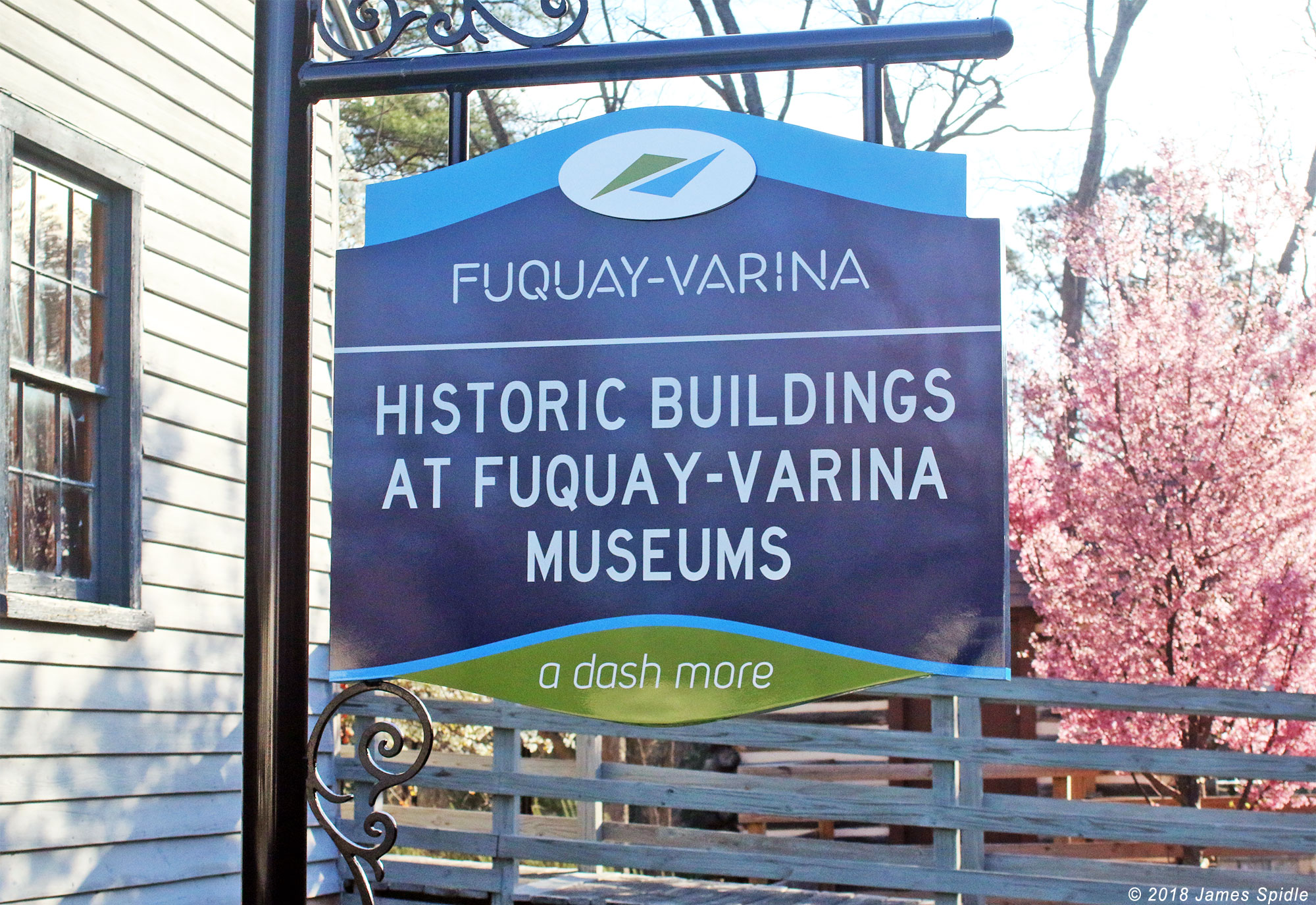(Shirley Simmons)
William Marshall Ballentine was the third child of William and Cynthia Ballentine. His is the family most associated with the Sunset Lake Road Ballentine family and also in partnership with J.D. Ballentine in the Varina Mercantile at the mineral spring area of town.
Born on October 8, 1834, William grew up with ambition to achieve (according to Miss Ruth Johnson.) “Uncle Billy Ballentine” (as he was known in the family) managed to outmaneuver one of the three Johnson males who were courting the three Jones girls. The middle daughter of Barnabas Jones, Betsy Ann, was engaged to a third Johnson until William Ballentine arrived upon the scene. She became Mrs. Ballentine while her two sisters married into the Johnson clan. The Ballentine-Jones marriage took place on July 12, 1856.
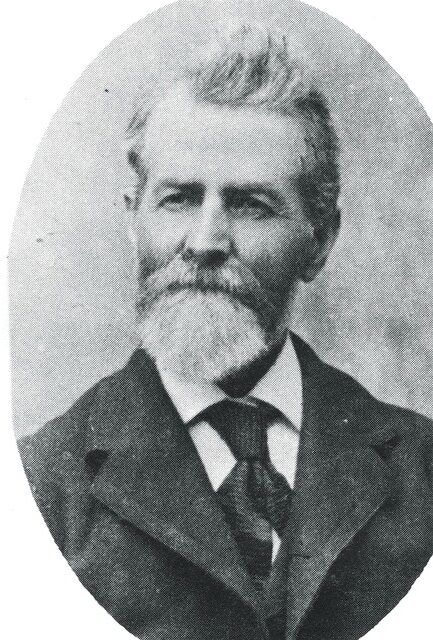
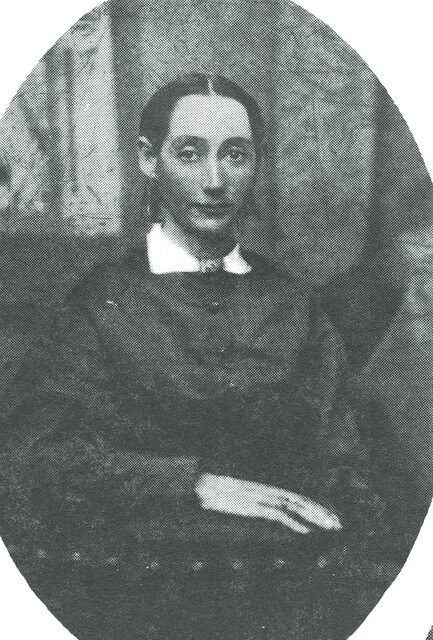
Her inheritance from her father, Barnabas Jones, was wooded land to the west of the homeplace. Much of it was virgin timber. Ballentine engaged in saw milling and according to Mrs. Edith Parker, he built their house located on what is now Sunset Lake Road. The house still stands, but has been bricked over and changed greatly.
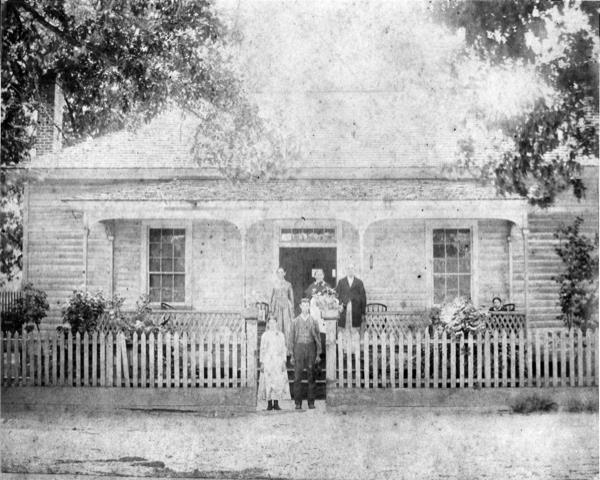
Mrs. Parker recalls family lore on this marriage in her book. Uncle Billy seemed to always make sure Betsy Ann had whatever she wanted whether it be horses hitched to go visiting or care and concern for her family. A Raleigh Artist named Denmark declared of Betsy, “She doesn’t have a care of the children at home—she knows everything is being taken care of.”
William was also instrumental in assisting many other home building youth with timber from his sawmill located just north of his house. Edith recounts that Grandpa Billy had a cotton gin which she could remember seeing in operation. She said her mother told her he had a commissary (store) from which he supplied his tenants and others. Mrs. Parker attributed pretty molding, coffins and wardrobes to his enterprises as well.
Betsy Ann and William became parents to four sons and two daughters. The eldest, James Erastus was born in 1863. In 1890, he built his bride, Lillian, a home next door to the family. This house still stands with much the same appearance as originally. To date a family descendant resides there.
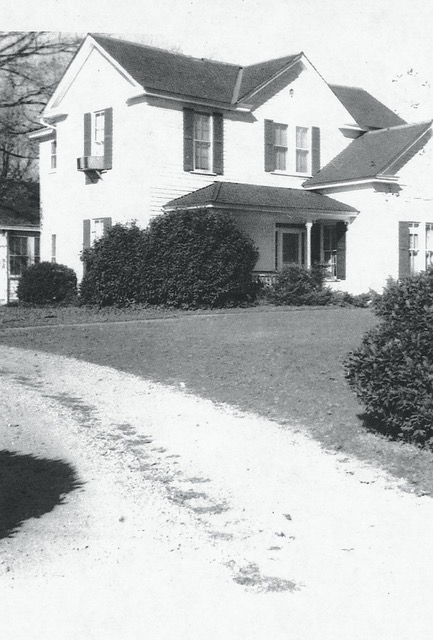
Second was Laylin Medora, called Dora. She developed a hunchback soon after age two. Miss Johnson says they tried everything to treat and improve this condition but to no avail. Dora lived with her parents until their deaths and then with her brother, Charlie and his wife Elizabeth. until her death in 1929.
The third child, Claudius Leonard (Lennie) built a house on the northern side of the homeplace which still stands. Listed as a farmer, he married Ella Walker who taught school. The youngest brother, the sixth child, Charles Airis married Elizabeth Taylor in 1909 and continued to live in the homeplace. He married a second time to Mae Grantham in 1937. Mr. Lennie and Mr. Charlie were well known gentlemen living until late 1949 and 1957 respectively. All these Ballentines are buried at Wake Chapel Cemetery.
The fourth child and second daughter, Amorette (Ammie) married Dr. J. M. Judd. Their story is told well in the museums. The Judd house was the office of the doctor and stood near the present Judd Parkway and Main intersection. Following the death of James Judd the dwelling was demolished. The name lives on in Judd Parkway.

Dr. J. M. Judd played an important role in the early town and especially in the business district of Varina and the Bank of Varina. Amorette Ballentine Judd was a charter member of the Varina Woman’s Club. Together they donated the land for the clubhouse on Ennis Street.
The fifth child, William Joseph (Mr Joe) came home from Elon College to go into business with his father and Uncle J. D. in the Varina Mercantile at the Mineral Spring. Mr. Joe married Lizzie Barham, who oversaw the hotel begun by her parents and operated her own millinery shop at the mercantile store.
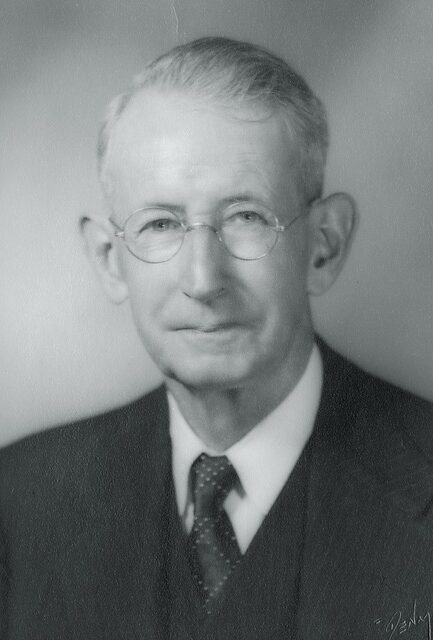
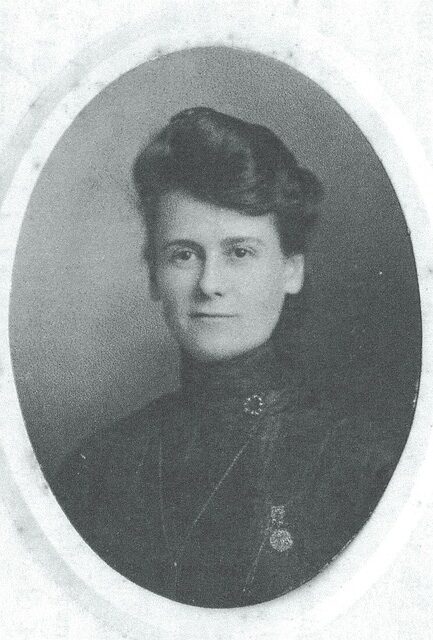
Mr. Joe added the Ballentine Funeral Home attached to Varina Mercantile. Eventually, this became Ballentine and Gilbert and then Gilbert and Sugg. Finally it was moved to Academy Street and lastly operated there as Williford’s Funeral Home. Today the building has been repurposed for office work space.
Mr. Joe was a large investor in real estate all over town. Among these were a Ballentine Service Station, a Ballentine Drug Store, and then the large building owned by Mr. Joe which became Proctor and Barbour on Main Street. They lived first in the apartments over the store, then in a dwelling located just behind the Varina Mercantile and last in the Barham House which became his and Miss Lizzie’s home on Main Street across from the spring.
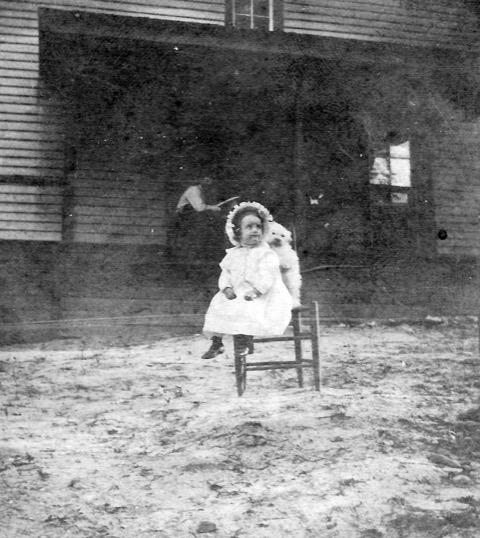
The only daughter of Mr. Joe and Miss Lizzie, Margaret, married S. L. Lane who served as undertaker in the funeral home. Lane was mayor of Fuquay Springs, 1957-63. Miss Margaret was involved in all the social functions of the early town, especially the historical and social developmental activities.
Note that the Ballentine Elementary School off Sunset Lake Road associated with the family is not the Ballentine Schoolhouse Museum associated with J. D. Ballentine. This locale connection to the family of Mr. William or “Billy” Ballentine is important in defining the role of this family in our early history.
William Ballentine and the Johnson men who had married the three Jones girls were responsible for founding the Oakwood School. Originally the school was located along Sunset Lake Road, next door to the Ballentine homes. Later it enjoyed a larger building at the intersection of Sunset and Whitted Road. James Erastus became a teacher in the Oakwood School at the age of seventeen, following the tenure of his minister, Rev. Clements. The Ballentines and the Johnsons spearheaded this school for the convenience of their children and others in the country until these small schools were consolidated at Fuquay Springs High School in 1918.

When James Erastus married Lillian Parker Yates of Raleigh, the Squire reported the union as “a brilliant marriage.” He referred to the groom as “professor.” James Erastus continued to teach at Oakwood and serve as Wake Chapel Church secretary. Unfortunately, he died at the early age of 42 in 1905 leaving Lillian with two children. Miss Lily continued to teach at Oakwood.
Described as very good with math figures, Lillian took upon herself the opening of a business, a creamery, on the property. Beginning with butter and buttermilk, she expanded to a full dairy operation. Her son, Lynton Yates Ballentine attended Oakwood and Cardenas schools, then Holly Springs High School 1913-17. He became a student at Wake Forest College earning a BA in political economy in 1921. Upon returning home, he assisted his mother with the dairy operation and oversaw the family farming enterprises.

In 1922, L. Y. married Rebecca Patterson with whom he had three children — Carolyn, Rebecca, and Yates. After divorcing, he and his son lived with his mother and sister Mabel. His daughters, Carolyn and Rebecca lived with their mother in Fayetteville. When he remarried in 1944 to Bessie Bangert Phoenix, the couple moved into the Sir Walter Hotel in Raleigh.
L. Y. , known generally as “Stag,” was active in the Fuquay Springs Baptist Church, and involved in local politics. First came terms as a Wake County Commissioner (1926-34) followed by election to the North Carolina Senate (1937-43). He was then elected Lt. Governor of North Carolina (1945-49) and finally the 12th Commissioner of Agriculture where he served from 1949 until his death in 1964.
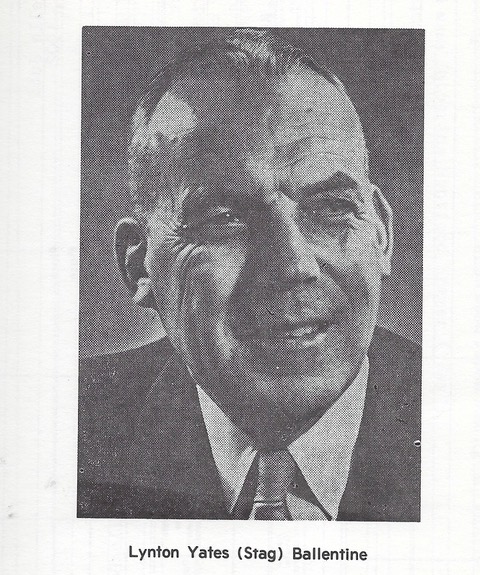
His obituary details his heart attack while addressing a farm group in White Sulphur Springs. Six weeks later as he was recuperating there, he suffered a fatal attack at age 65. Governor Sanford ordered flags flown at half staff and stated, “Throughout his life, “Stag” Ballentine served the citizens of his state…..Our farms are move productive because of his work. Our farmers are living better lives and our farm economy is stronger. Citizens both in the rural area and in town have benefited. His interest in improving education has benefited every young person in the state.”

The daughter, Lillian Mabel Ballentine, trained to teach. “Miss Mabel” taught at Oakwood for many years. After the death of her mother, she became the major force in the dairy operation. L. Y. was able to assist with contracts to sell milk to Campbell College, Meredith College and the Sir Walter Hotel as well as local customers and a route to Dunn.
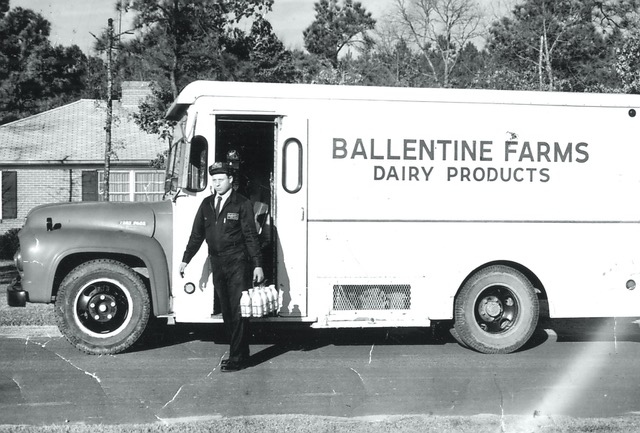
Miss Mabel never married and died after a sudden attack in 1972. The dairy and estate passed to the three children of L. Y. Thus great granddaughter, Caroline Ballentine Elliott branched out into the riding academy located on the property. She was active in the Fuquay-Varina Woman’s Club and local town and church affairs. The dairy was one of the last to operate in Wake County, closing Ballentine’s dairy in 1986 and all operations in 1987.
The Ballentines of William and Betsy Ann and their descendants are the namesake for the Ballentine Dairy, the Ballentine Subdivision and the Ballentine Elementary School.
Uncle Billy was declared to be a “man of vision” by Miss Ruth Johnson and an “industrious and talented person” by Mrs. Edith Judd Parker. He was noted for his generosity to the family and his management of his many enterprises.
Thus the descendants of William and Cynthia Ballentine have left their many faceted mark upon our local history. A visit to our Fuquay-Varina Museums will provide further artifacts and archives. The Master Plan originally drawn for the museums park allocated a place to the Creamery ( First building at Ballentine Dairy) Still this little building could be saved and placed in the park to honor our Ballentine Dairy History and that early business history of our area. Many dairy artifacts are found in the museums’ collection.
Sources: Edith Parker’s written historical articles; Ruth Johnson’s Concerning our Ancestors; Obituary of L.Y. Ballentine, Interviews of Edith Parker and Carolyn Randall, archives and displays on FV museums, FVWC History.
